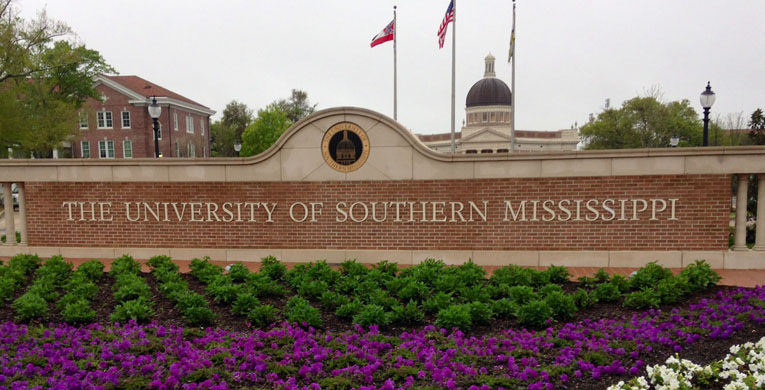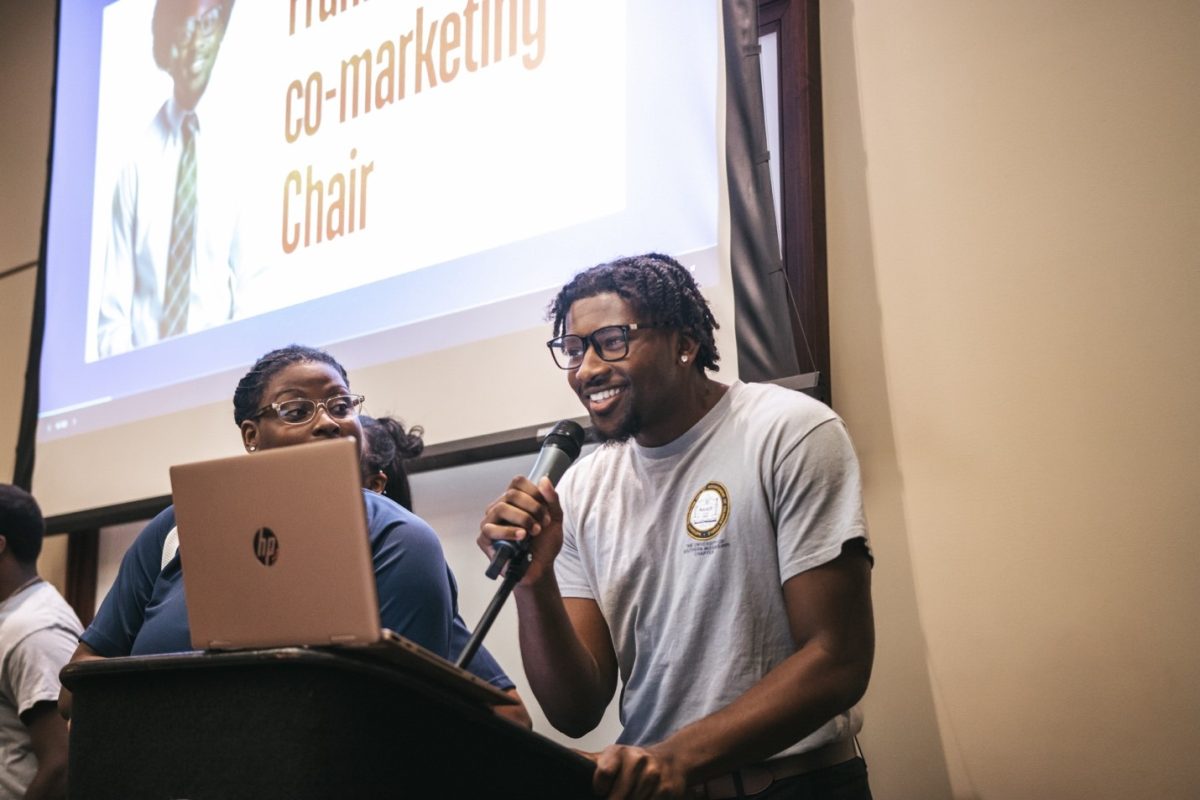
Mary Sergeant/Printz
Home to two universities, Hattiesburg hosts more than 15,000 students during the school year. With such a large student population, it is reasonable to imagine that Hattiesburg would be accessible to this group and eager to please them. There are, however, a few aspects to living in Hattiesburg that may exasperate students.
Hattiesburg is not always the easiest city to get around, especially for students who do not have a vehicle at college. There are restaurants and pharmacies within walking distance of The University of Southern Mississippi, but a large part of Hattiesburg is too far away for students to reach easily. Many have to plan rides with friends.
The city has a public transport system of buses, but the number of stops is fairly limited. In recent years, Hattiesburg has made roads more accessible for cyclists and walkers. Bike lanes have been added onto public streets, especially in the downtown area. Ultimately, however, Hattiesburg’s size is not favorable for easy transport around the city if you do not own a car.
Another problem students may encounter is how early the city shuts down. During your four (or five, or six) years of college, there is a chance that you will still be at the bar when the lights come up at closing time. For students going out in Hattiesburg, this means that you will be out the door of your favorite hangout by 2 a.m. Why does the ‘Burg shut down at this particular time?
A city ordinance, guided by state laws, prohibits the consumption of alcoholic drinks, beer or wine in private or public commercial establishments between the hours of 2 a.m. and 8 a.m. The same law also prohibits selling and distribution of those drinks between 12 p.m. and 12 a.m. on Sunday. This means that restaurants and bars can be penalized if anyone on their property is still drinking past the 2 a.m. cutoff. Cities across the state and the country have similar guidelines in place, but how does Hattiesburg stack up to other college towns in Mississippi?
According to Mississippi’s Department of Revenue, alcohol sales in Oxford end at midnight, except on home game days, when the bars and restaurants can sell until 1 a.m. In Starkville, alcohol, beer and wine sales are limited to midnight during the week and 1 a.m. on the weekends. In Starkville, as in Oxford, sale hours are extended until 1 a.m. on home game days. The Hub City is more lenient when it comes to selling beer, wine and other alcoholic beverages than the towns which house the state’s other major universities.
One reason Hattiesburg may not seem as much like a college town is simply its size. Hattiesburg boasts two universities and two hospitals, a large retail market, industries and private companies. It is the third largest city in the state. Other, more traditional college towns are completely centered around the university.
“Everything (in Oxford) is Rebel-tailored,” said Christian Dasher, a junior finance major. “Half the stores have ‘Rebel’ in their name. The whole town is red and blue.” Dasher attended Ole Miss before transferring to Southern Miss and has noticed several differences between the two towns.
Game day turnout is one major difference between Hattiesburg and Oxford. “(There are) 50,000 people in The Grove on Saturday for football,” Dasher said. “Enough said. No comparison.”
Sadly, attendance at Southern Miss football games is nowhere near that, especially during the past two years as the team struggled to win games.
Community support can be found in other places in Hattiesburg apart from The Rock, however. Drive down Hardy Street and you will spot countless Southern Miss car decals. You will see stores which feature giant golden eagles painted in the windows. Hattiesburg businesses offer discounts for students and proudly boast the fact that they are alumni-owned. Restaurants and even gas stations take their names from the university colors and mascot. School spirit is present in the city but it is just more difficult to spot.
Petty inconveniences will plague any town, whether that is the difficulty of getting across the city or finding a late-night snack when restaurants close by 3 a.m., but if a city’s attitude toward its university is positive, then it can be called a shining example of a college town.


























